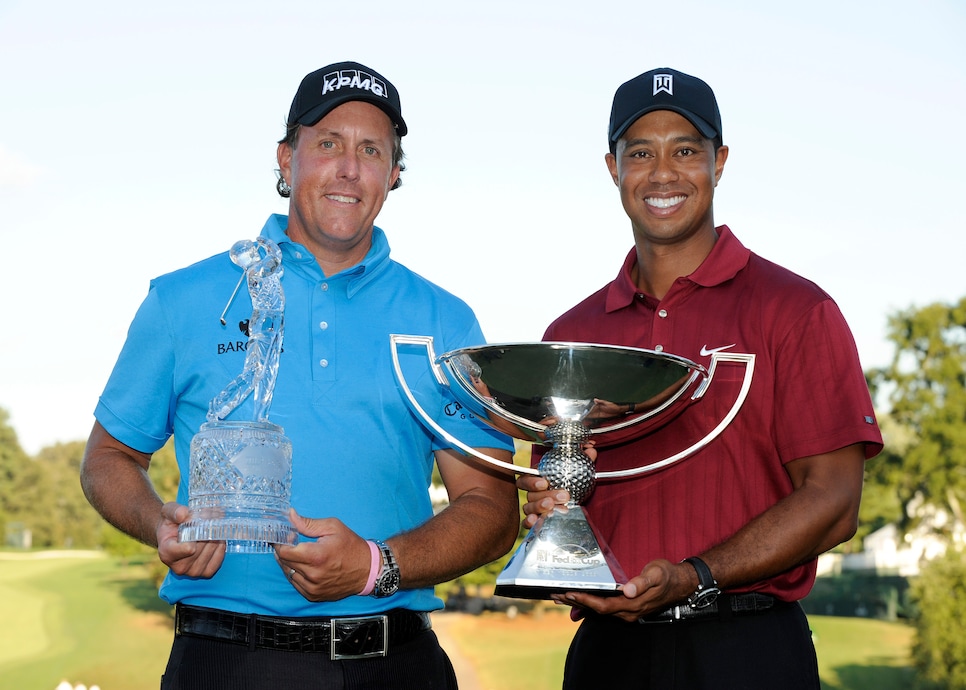In January 1987, PGA Tour commissioner Deane Beman introduced the first-ever Tour Championship—it was called the Nabisco Championship then—with these words:
“We’ve tried various other methods, but this could be what we’ve been looking for–a logical, dramatic conclusion to the tour.”That was the problem they were trying to solve, but it went a little deeper than just a capstone event for the year. This was also about establishing another flagship for the tour in a golf landscape dominated by the majors. By then, they’d already had more than a decade of success with the Players Championship, which has continued to grow in stature in the 21st century as their answer to a major, but this was something different—a new reason, they hoped, for fans to care about golf, and something that might in time be as compelling as the championships in the major American team sports.

Twenty years after Beman’s proclamation, in 2007, Tim Finchem inaugurated what he originally called the “championship series” and which became the FedExCup playoffs. The 30-player Tour Championship remained the same, but now three playoff events preceded it, along with a year-long points system that eventually superseded the money list to determine a player’s standing.
In one sense, the “logical” part of Deane Beman’s wish has been achieved—the tour has successfully branded the playoffs, and the points system, to help crown a champion at year’s end. It’s the “dramatic” part that has been a struggle, and despite endless format tweaks and philosophical and logistical recalibrations throughout the years, they still haven’t quite figured out how to attach true legitimacy to the winner. Even this year, the staggered scoring system that lasted from 2019 to 2024 has been abandoned to an ordinary stroke play format in a way that feels like conceding defeat—an admission that they can’t figure out how to answer Deane Beman’s original question.
This week on the Local Knowledge podcast, we examine the origins of both the Tour Championship and the playoffs, look at why they were implemented, and find out where they’ve succeeded and where they’ve failed almost 40 years after it all began. Listen below, or wherever you get your podcasts.

